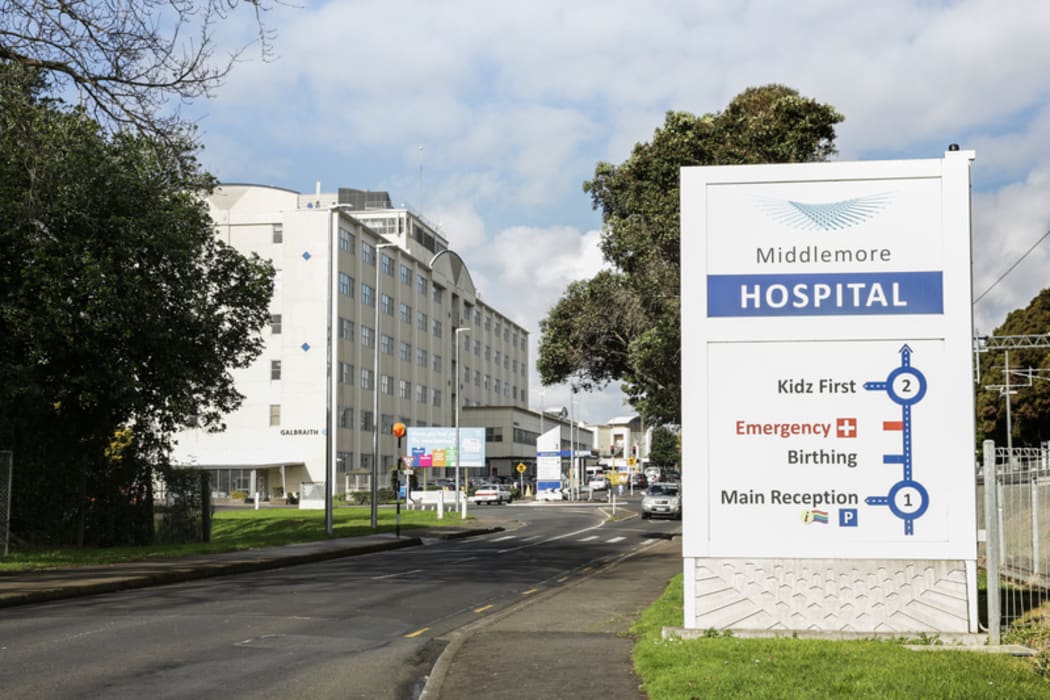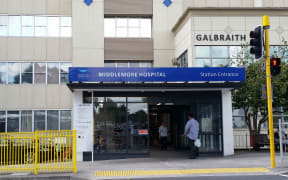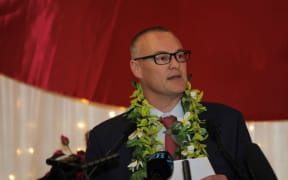South Auckland's Middlemore hospital has more than 80 firestopping defects in its buildings that still need to be fixed and more are being found.

Photo:
That's despite the Counties Manukau District Health Board already undertaking more than 200 repairs, mostly since last year.
An inspection report released by the board shows it is playing catch up, after only beginning widespread checking of firestopping in the last two years.
More than half of the remaining 82 defects identified in its stocktake till March 2019 consist of holes or other penetrations in firewalls, including at the KidzFirst children's hospital and acute care buildings.
Half a dozen of these defective fire separations were only discovered in January this year in the Galbraith building, which houses the country's largest maternity ward, and which is also earthquake-prone.
Many of these fire separation defects are being given the lowest or third-ranked priority for fixing - "action required when finances are available or within 12 months".
The top priority for immediate repair is reserved mostly for easier fixes, such as of a host of faulty emergency lights, and a series of firedoor problems in the nearly new Ko Awatea building.
The prioritisation was being done with risk advice from specialist contractor Assetcare, the health board said.
The repairs in many cases do not get the hospital buildings, many of which are more than 15 or 20 years old, up to what's required of a new build.
"We accept that existing buildings present challenges in relation to passive fire protection options," Counties Manukau Health chief executive Fepulea'i Margie Apa said in a statement.
"For example, current levels of passive fire measures may be absent and be difficult to retrofit - utilities and services may not be aligned, or the required clearances may not be present."
The inspection plan includes an Assetcare warning to the DHB in 2014 that firestopping defects at Manukau superclinic posed an "extreme" risk to patients; these were not fixed until 2018.
About 10 fire separation defects found in January in the walls of the acute care or Scott building were due to be fixed in March.
The Scott building is the first of Middlemore's many leaky buildings getting a full reclad and parts of its rotting frame ripped out, using a largely untested method.
The board has just been granted consent by the Auckland Council to begin the work, which was initially forecast to begin in mid-2018. The seven-stage project will take three years.
"The uniqueness of this project is that patients will remain on the wards whilst the work is carried out. The facilities team are visiting each of the wards ... to explain the process and have given an assurance that there will be minimal disruption to patients, staff and visitors," a board meeting report said.
The DHB, in the face of huge building repair and replacement bills, is trying to haul back a forecast $53m deficit, to come in at a $45m deficit for the 2018-19 year.
Firestopping defects by the numbers
- 90 priority one defects fixed already
- 130 priority two defects fixed already
- 82 unfixed defects across all CM Health facilities:
17 of the 82 ranked priority one - action required immediately (10 of these identified in 2019 inspections)
19 priority 2 - action required within 6 months
46 priority 3 - action required when finances are available or within 12 months





